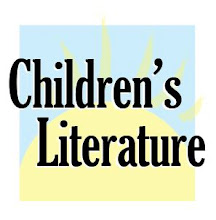The following is the third part in a six part series written by CLCD President Marilyn Courtot. Aimed at reviewers and writers, we will be running a new part every month.
Types of Books
Concept
Most children are curious about their world. To help satisfy that curiosity parents, teachers and caregivers should provide books that teach and explain concepts and provide factual information. Concept books teach counting, the alphabet, colors, opposites, and the like.
Counting is a concept usually introduced to children very early in their lives. Most parents play games counting fingers and toes. Kids pick up the sounds and pattern and frequently memorize the sequence of numbers, although the actual concept of what the numbers represent comes later. The intended audience for a counting book is children ages three and up. Since these are young children, a really successful counting book should be small enough for kids to handle, and also sturdy and of good quality paper.
Good counting books clearly display the numeral and the appropriate number of objects in a clear and uncluttered illustration. The numeral should be placed in reasonable proximity to the objects, so that the association can be made between it and the number of objects. Therefore, a double page spread may not be as effective as single pages. You may want to stick to a single page format until the child is about six years old. Counting books are also most effective when they use familiar objects, particularly with very young children.
A rhymed text—or at least one that has either rhythm, onomatopoeia, or repetition—will entertain and help kids remember. The text should use language appropriate to the age group. A few good examples are: One Boy by Laura Vaccaro Seeger; 1, 2, Buckle My Shoe by Anna Grossnickle Hines, and Ten Little Fingers and Ten Little Toes by Mem Fox.
Marilyn Courtot
Publisher and Editor
CLCD
Subscribe to:
Post Comments (Atom)





No comments:
Post a Comment